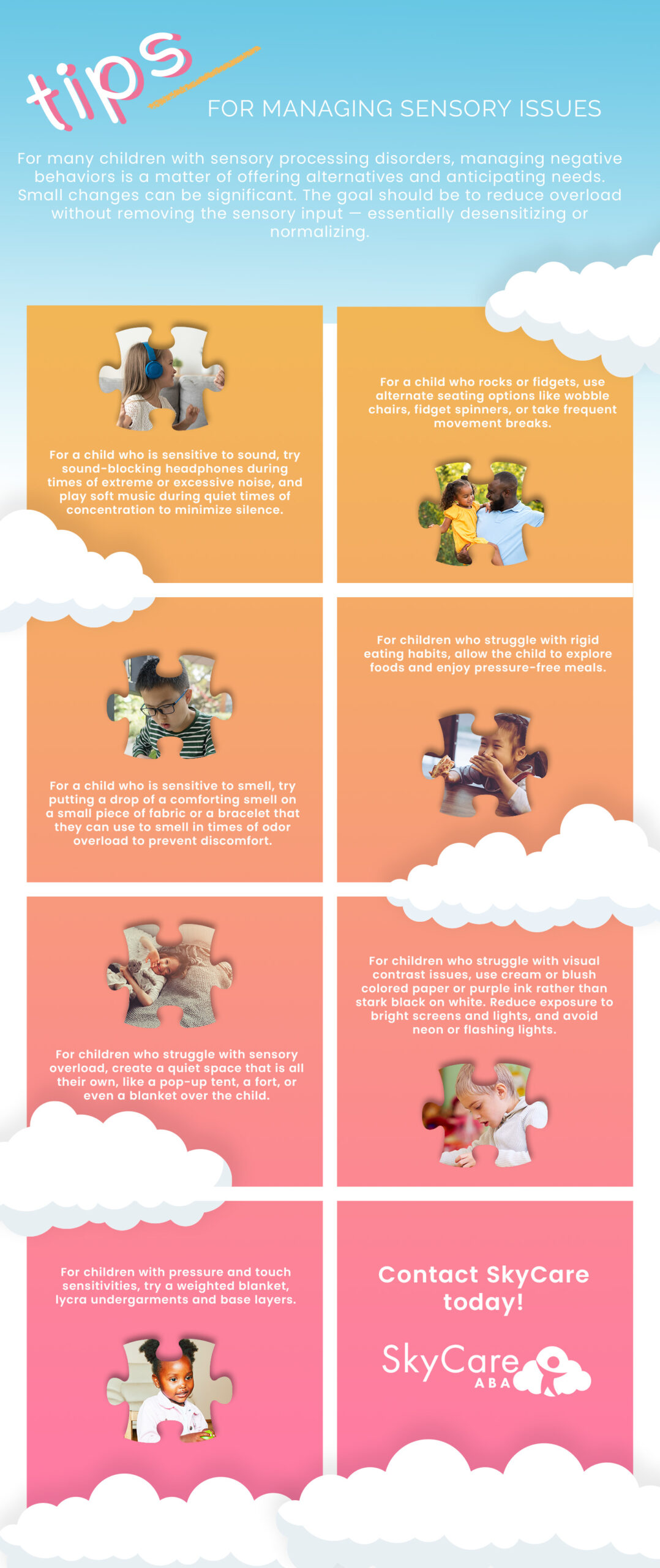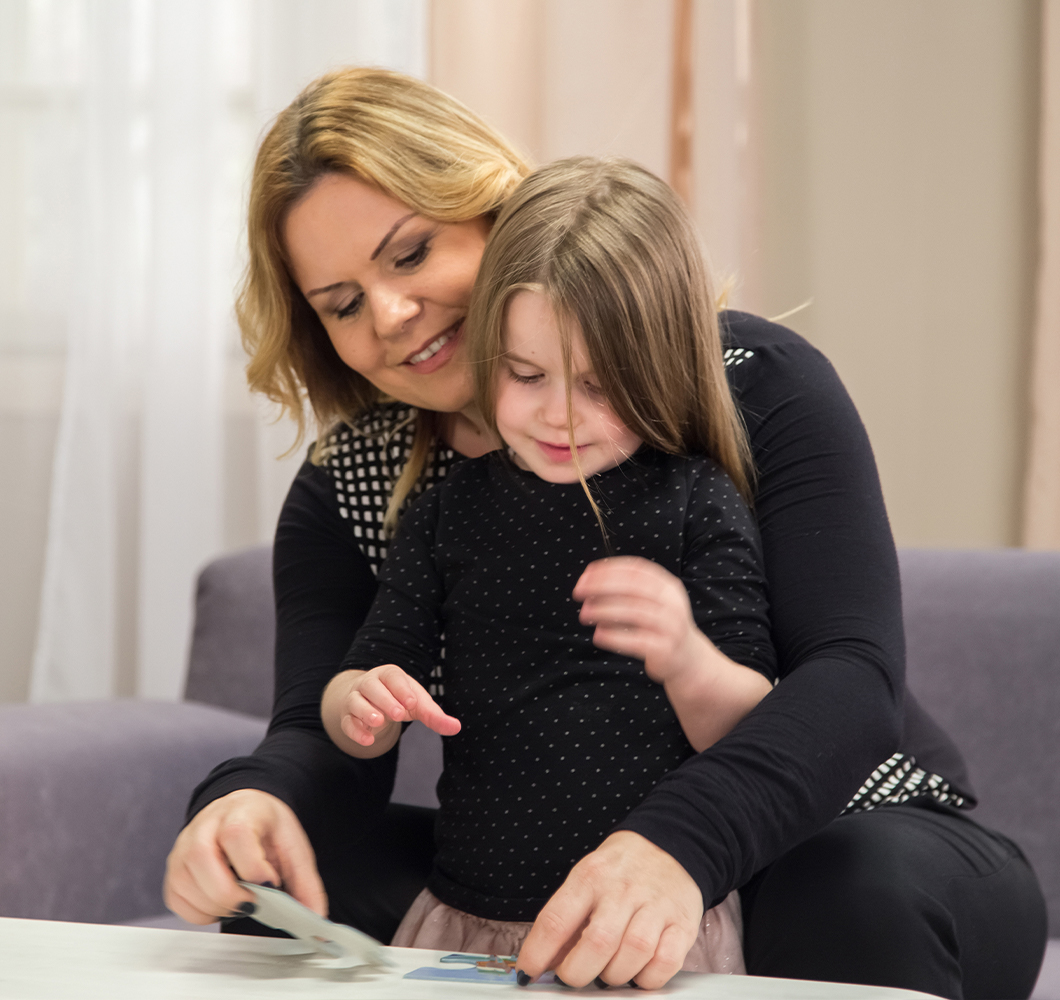Challenges of Autism
Discovering the Infinite Continuum That Is the Spectrum
No Two Children on the Spectrum Are Alike
Many parents who get the diagnosis of autism spectrum disorder for their child have a thousand questions for their pediatrician, most of which are what to expect and how to plan/prepare/manage the symptoms of the disorder. To their great dismay, a majority of the time, the answers are, “we aren’t sure, we will have to wait and see." It is important to understand that ASD is a broad diagnosis that encompasses a wide range — or spectrum — of developmental disorders that affect communication and interaction. Where your child falls on that spectrum is as unique as their own fingerprint.
At SkyCare ABA, our skilled therapists have decades worth of experience working with children on the spectrum and their families to identify challenges and overcome barriers to offer a brighter tomorrow. Founded on the belief of neuroplasticity, our programs are focused on modifying behaviors to help children reach their full potential, no matter where they fall on the spectrum.

Medical Conditions Associated With Autism
- Epilepsy
- Feeding Challenges
- Attention Deficit Disorder (ADD)
- Obsessive-Compulsive Disorder (OCD)
- Sleep Challenges
- Schizophrenia
- Bipolar Disorder
- GI Disorders — Gastroesophageal reflux, inflamed bowel, chronic constipation
Secondary Challenges a Child on the Spectrum May Face
- Sensory Issues
- Intellectual Disabilities
- Anxiety and Depression
- Rigid Eating Habits
- Wandering
- Repetitive Motions
- Transitional Difficulties
- Perception and Awareness Difficulty


Breaking Down Barriers And Reaching For the Sky
The thinking, learning, and problem-solving abilities of children on the spectrum range from severely challenged to extraordinarily gifted. Some children with ASD require significant assistance with activities of daily living while others function nearly independently. With early intervention, effective treatment, a solid support system, and caregiver and educator preparedness, each child has the potential to live beyond their diagnosis — the sky is the limit!
ABA therapy helps children and their families break down barriers, overcome challenges, and adapt to the particulars of their child’s ASD symptoms. Learn more about ABA, and enroll your child today.

